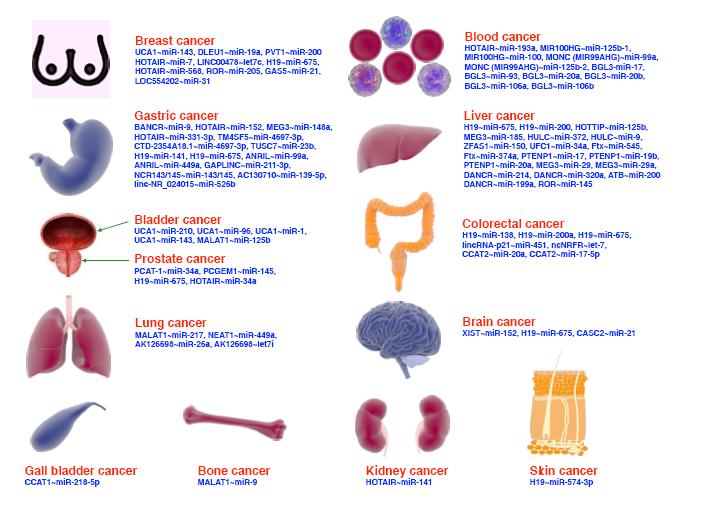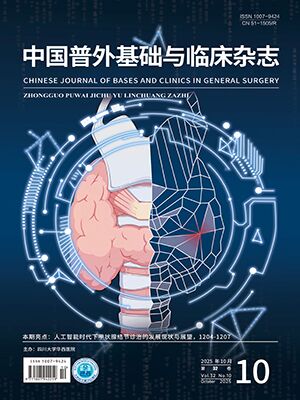Objective To design and construct the eukaryotic expressed vector of suicide genes, which contained 5 copies of hypoxia-responsive element (5HRE), promoter of alpha-fetoprotein gene (AFPp) and nitroreductase from Escherichia coli.
Methods The constructing processes were as follows: ①The design of primer: Suicide genes of NTR in the Escherichia coli, which contained 6his-tag gene (6his-tag), were cloned by overlapping PCR. ②The construction of 5HRE: The single strand of synthetized HRE oligonucleotide was annealed, and 5HRE was constructed by multiple recombinant clone. ③The recombination of NTR gene, 5HRE, AFPp and pIRES2-EGFP: pIRES2-EGFP, which had removed the instant early promoter of cytomegalovirus, was recombined with NTR gene, 5HRE, AFPp. In this way, the eukaryotic expressed vector of pIRES2-EGFP-5HRE-AFPp-NTR, which carried NTR gene, 5HRE, AFPp was finally constructed.
Results NTR gene, which contained the fusion of 684-base pair and 6his-tag gene, was cloned successfully, and its sequence was coincident with the result published by Genbank. A 221-base pair of 5HRE was also constructed, which was in accordance with the expected sequences. The integrity of the eukaryotic expressed vector was verified by restriction enzyme digestion and DNA sequence analysis, respectively.
Conclusion The eukaryotic expressed vector of pIRES2-EGFP-5HRE-AFPp-NTR is successfully constructed, which may be used for its further investigation in vitro.
Citation: ZHOU Peihua,SUN Xuejun,WANG Yan,LU Shaoying. Construction of 5 Copies Hypoxia-Responsive Element Enhanced Suicide Gene Vector Targeting for Hepatocellular Carcinoma. CHINESE JOURNAL OF BASES AND CLINICS IN GENERAL SURGERY, 2007, 14(2): 163-167. doi: Copy
Copyright © the editorial department of CHINESE JOURNAL OF BASES AND CLINICS IN GENERAL SURGERY of West China Medical Publisher. All rights reserved




